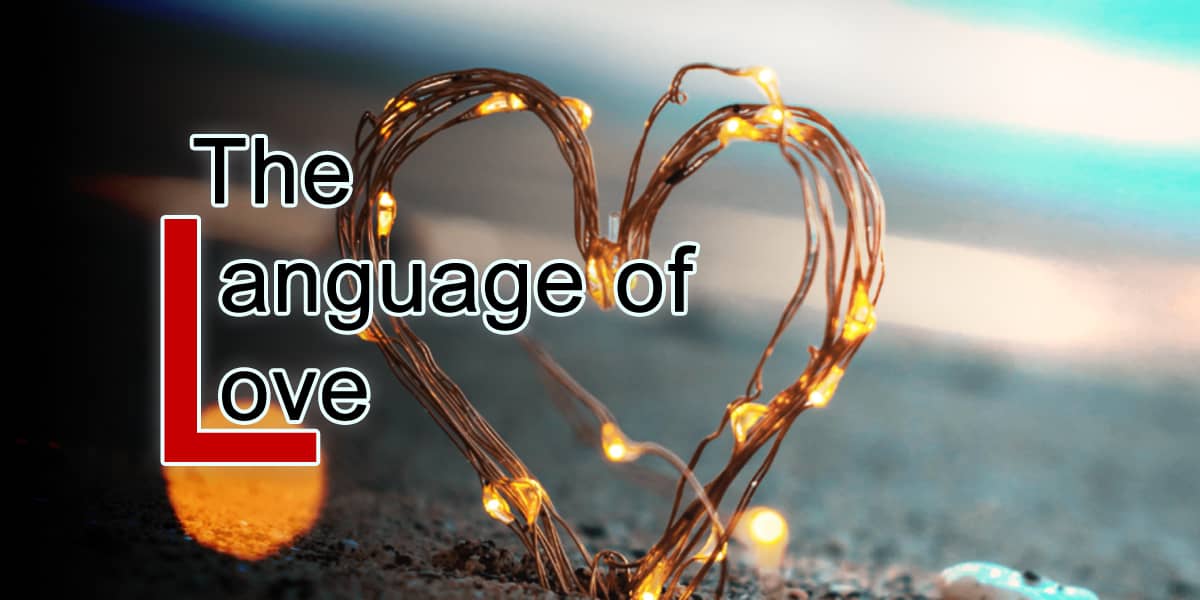The Language of Love: Romantic Expressions and Traditions from Different Cultures

The Language of Love: Romantic Expressions and Traditions from Different Cultures
Love is a universal language that transcends borders, cultures, and languages. From whispered words of affection to grand gestures of devotion, expressions of love vary across the globe, reflecting the unique traditions, values, and beliefs of different cultures. In this article, we embark on a journey to explore the language of love, delving into romantic expressions and traditions worldwide. Join us as we uncover the beauty and diversity of love’s many languages, and discover how different cultures celebrate and express matters of the heart.
index
ToggleLanguage of Love in Words
Expressions of love through words vary in different languages and within the same language across different cultures. For example, in Japanese, the phrase “suki desu” conveys a sense of liking or love, whereas “ai shiteru” represents a deeper and more profound love. In Arabic, “Habibi” is an endearing term used to express affection towards a loved one. These variations demonstrate how language captures the nuances and depths of love.
Love in Actions
Actions speak louder than words, and cultures have unique ways of expressing love through gestures. In India, couples exchange flower garlands during wedding ceremonies, symbolizing their acceptance and commitment to each other. In South Korea, couples celebrate Pepero Day by exchanging Pepero sticks, a popular snack, as a token of affection. These actions demonstrate love and serve as cultural markers, strengthening bonds and fostering a sense of togetherness.
Love in Celebrations
Love-themed celebrations allow people to express their affection in culturally significant ways. In Brazil, Dia dos Namorados (Lovers’ Day) is celebrated on June 12th, with couples exchanging gifts and enjoying romantic dinners. In China, the Qixi Festival, also known as Chinese Valentine’s Day, is a time for couples to express their love by writing poems or releasing lanterns into the sky. These celebrations highlight the importance of love in different cultures and create shared experiences that strengthen relationships.
Love in Songs and Poetry
Music and poetry have long been vehicles for expressing the depth of emotions associated with love. In Argentina, the tango is a passionate dance form that conveys intense desire and longing. In India, ghazals, a form of poetic expression, evoke the pain and ecstasy of love through their beautiful verses. These artistic expressions capture the essence of love, resonating with individuals across cultures and generations.
Language of Love in Cuisine
Food has a special place in expressing love and nurturing relationships. In Italy, couples celebrate their love by sharing a plate of spaghetti, symbolizing the intimate act of eating from the same strand. In Mexico, chocolate is considered an aphrodisiac and is often exchanged as a token of love. These culinary traditions delight the senses and create moments of intimacy and connection.
Love in Relationships
Love extends beyond romantic relationships and encompasses familial love, friendship, and self-love. In collectivist cultures like Japan, the emphasis is on family bonds, where love and respect for elders and ancestors are deeply ingrained. In cultures that value friendship, such as Spain, friends often exchange “Amistad” bracelets to symbolize loyalty and support. Understanding the diverse ways in which love is valued and expressed in relationships broadens our perspectives on the significance of love in different contexts.
Love and Courtship
Courtship rituals offer insights into the complexities of love and the expectations that come with it. In some cultures, like India, arranged marriages are still prevalent, highlighting the role of family and societal values in shaping relationships. In other cultures, courtship may involve elaborate dances or the exchange of love letters, emphasizing the importance of romantic gestures and personal connections. These rituals reflect cultural norms and provide a deeper understanding of the dynamics of love and courtship.
Love and Symbolism
Symbols hold immense significance in expressing love. The exchange of rings during marriage ceremonies represents a lifelong commitment in many cultures. Love locks, where couples attach padlocks to bridges or fences and throw away the key, symbolize everlasting love. These symbols convey love and serve as tangible reminders of the bonds shared between individuals.
Love in Art and Literature
Art and literature have long been mediums for exploring and celebrating love. Paintings, sculptures, and literary masterpieces capture the myriad facets of love, from its joys to its pains. In ancient Greece, sculptures like “Eros and Psyche” depicted the power of love, while Shakespeare’s plays, such as “Romeo and Juliet,” continue to resonate with audiences worldwide. These artistic expressions allow us to contemplate and appreciate the complexities of love across different cultures and periods.
Love and Wedding Traditions
Wedding traditions vary significantly across cultures, showcasing the unique ways love is celebrated. In traditional Indian weddings, the bride’s hands and feet are adorned with intricate henna designs, symbolizing love, beauty, and prosperity. The groom wears a tartan kilt at Scottish weddings to symbolize his heritage. These customs add cultural richness to weddings and reinforce the values of love, commitment, and unity.
Love and Festivals
Love-themed festivals offer a collective celebration of love, emphasizing the joy and unity it brings. In India, Holi is a colorful festival where people playfully throw colored powders and water at each other, celebrating love, friendship, and the arrival of spring. The Lantern Festival in Taiwan is a time for couples to release lanterns into the sky, symbolizing the release of worries and the expression of love. These festivals strengthen social bonds and create community and shared experiences.
Love in Proverbs and Sayings
Proverbs and sayings encapsulate cultural wisdom and insights into love and relationships. For instance, the Chinese proverb “Ai yu nu xing, bu qu luan” translates to “Love your wife, don’t go astray.” This proverb emphasizes the importance of commitment and fidelity in relationships. Proverbs and sayings provide valuable lessons and reflect the cultural values and norms surrounding love.
Love in Gestures of Affection
Non-verbal expressions of love, such as holding hands, hugging, or kissing, are universal gestures that convey affection. However, cultural norms and customs influence the degree and manner in which these gestures are displayed. Some cultures may embrace more physical touch, while others may value subtler displays of affection. Understanding these cultural differences allows us to appreciate and respect the diverse ways love is expressed.
In conclusion, the language of love encompasses a wide range of expressions, traditions, and symbols that vary across cultures. Exploring and appreciating these diverse ways of expressing love deepens our understanding of its universal power and enriches our own experiences of love. By embracing the language of honey worldwide, we can celebrate its boundless beauty, foster connections, and spread joy.
Recent Posts
Contact Us
+1 437 499 4559










